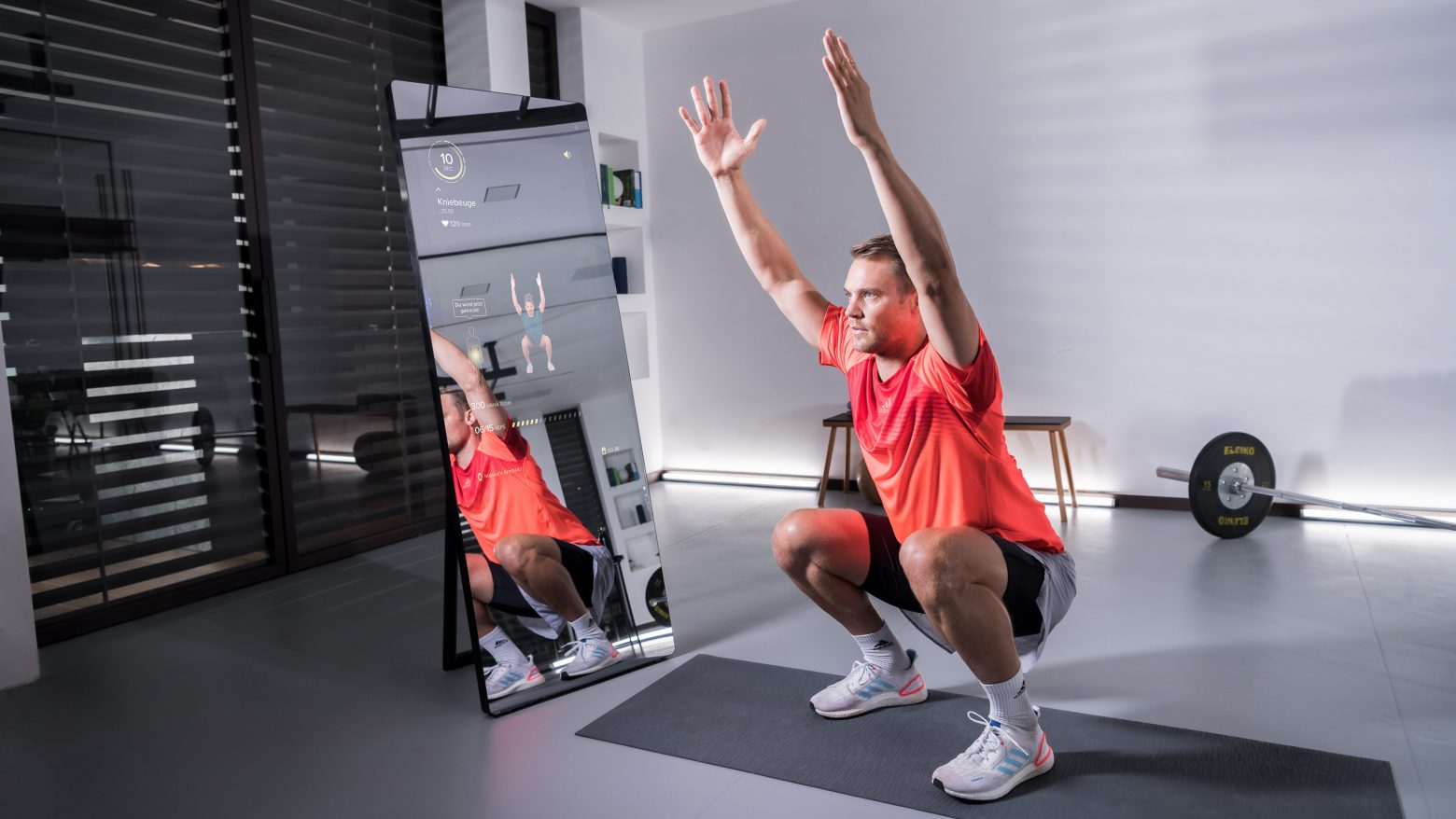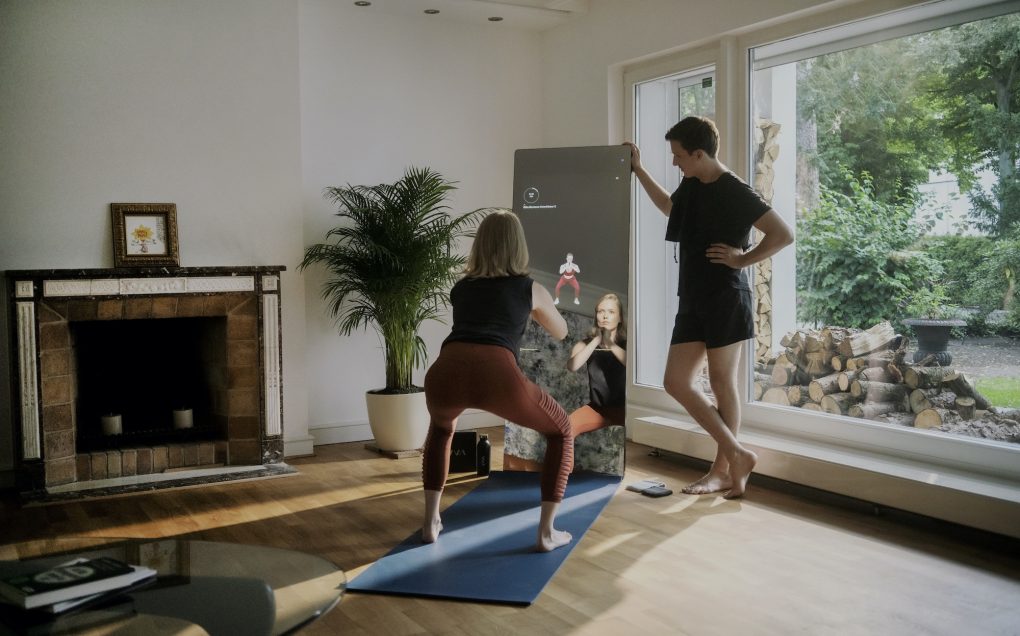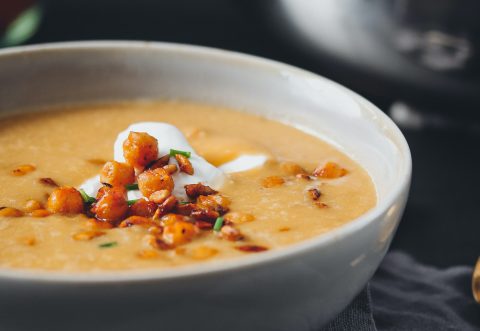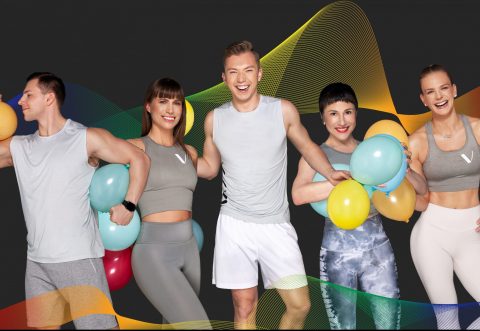1. Squats strengthen your whole body & boost your performance
Squats have the advantage of activating a variety of muscles with just one exercise. Above all, squats train your lower body, namely legs and glutes, but they also work your lower back and abdominal muscles. As a result, you strengthen your entire body and improve the synergy of individual muscle groups. Adding squats to your workouts makes you fitter for the challenges of everyday life and boosts your performance in sports such as swimming, tennis or athletics. For instance, you will be able to run faster and jump higher through your squat training.
2. Squats burn calories fast
The more muscles you engage in an exercise, the more calories you burn. Since squats also build strength, making your muscles more efficient each time you squat, they also consume more energy even when you are resting. Therefore, your resting metabolic rate increases, even when you are not exercising or otherwise active throughout the day. In short: squats are the ideal exercise to crush calories!
3. Squats help build muscles
On top of helping you to burn calories, squats also create an anabolic (muscle building) environment in the body. The reason: the more muscles you activate during your workout, the greater the hormone release in the body. These hormones include growth hormones, which stimulate protein metabolism and support muscle growth. Since squats activate a large number of muscles simultaneously, they are an ideal exercise if you want to build muscle mass quickly and effectively.
4. Squats are beneficial for knee health
Contrary to many prejudices, squats can improve your knee joint health – when performed correctly! They strengthen the surrounding muscles of the knee and thus promote its support and stability. Squats also ensure that the cartilage tissue is better supplied with nutrients, making your knees more resilient.
5. Squats improve your balance & strengthen your joints
Incorporating squats in your overall workout routine also helps strengthen your bones, ligaments and connective tissue. Not only does your balance improve significantly, but your joints are also supported and relieved.
6. Squats increase your flexibility
Squats are a great exercise to improve the mobility of your hips, knees and ankles. A great side effect is that your increased flexibility and range of motion will reduce pain in your lower back and knees.
7. Squats can be done anywhere and without equipment.
The best workout routine is the one you actually do! Squats are particularly useful for this since you can integrate them into your daily routine anytime and anywhere. No matter if you do them in the morning when you get up or during your lunch break at the office. You don’t need much space or special training equipment for squats. Squats are the perfect exercise to incorporate into your daily routine, even if you’re travelling or have a busy schedule.




